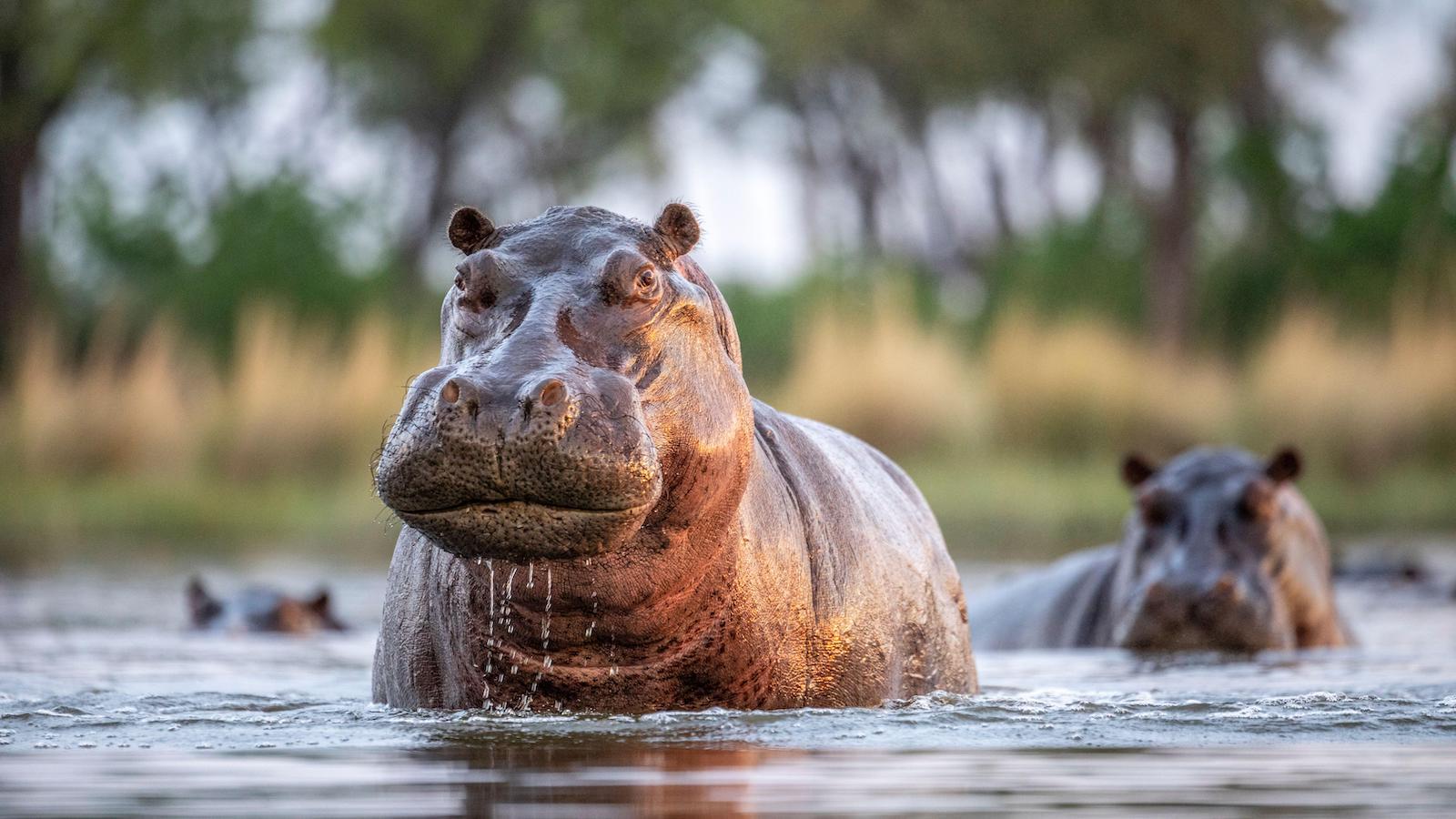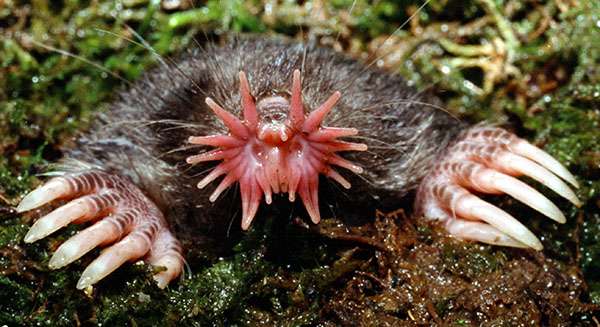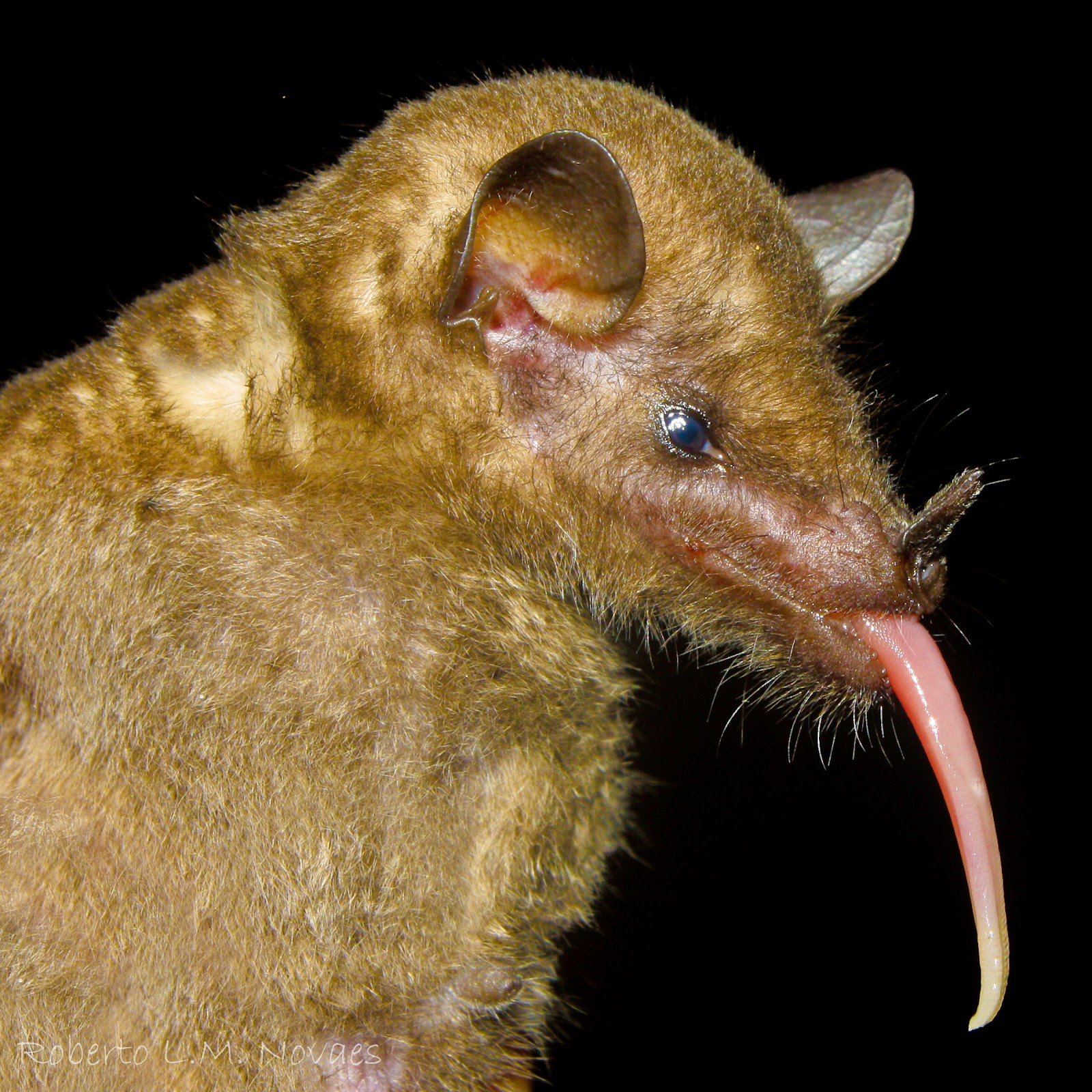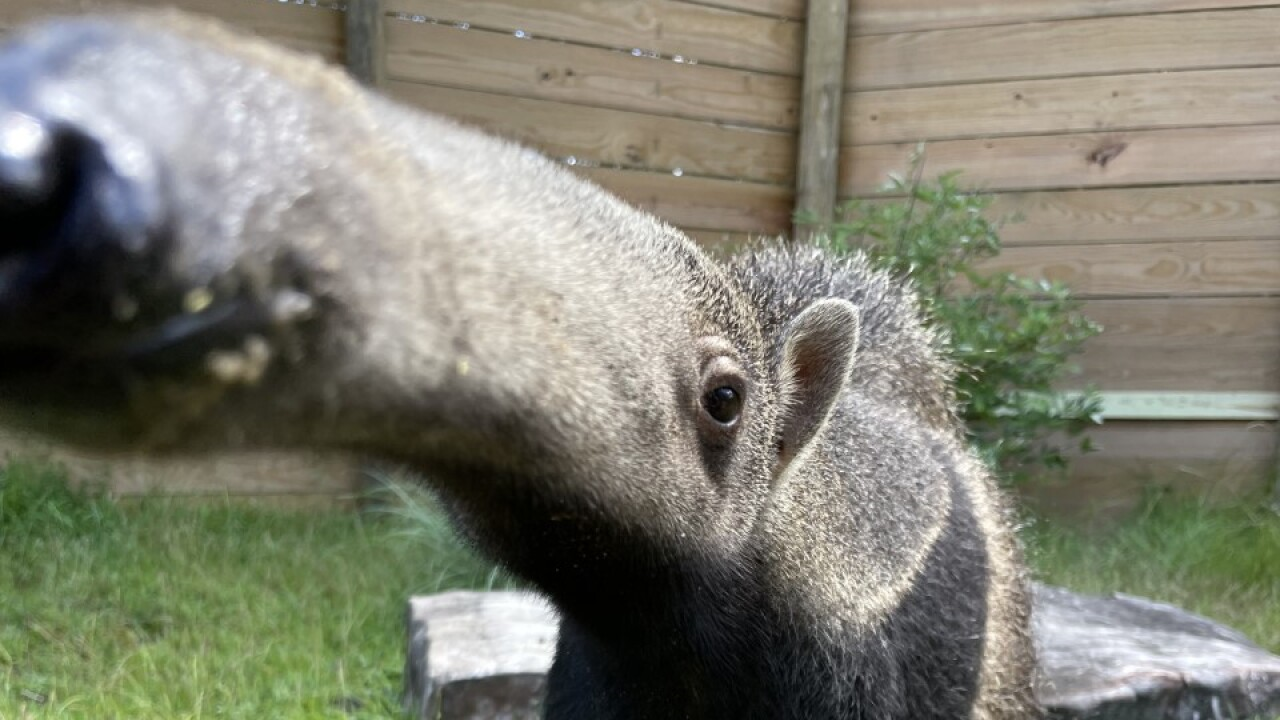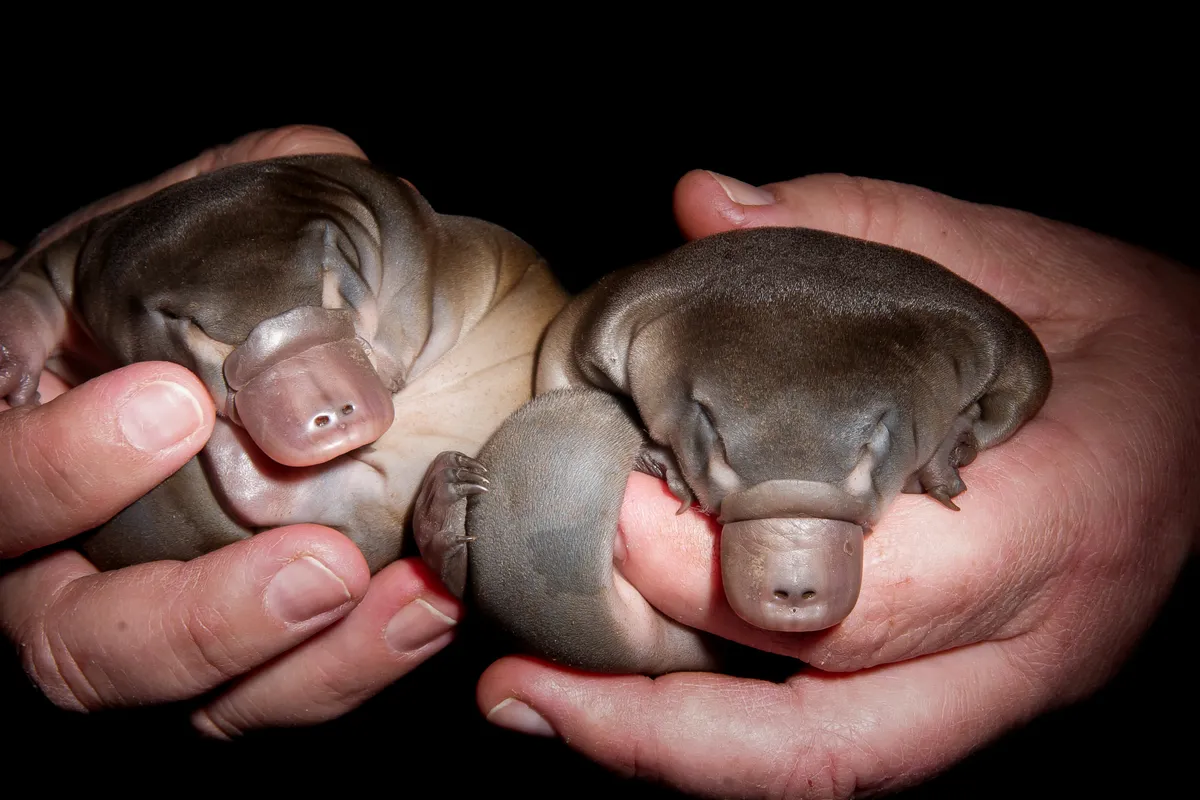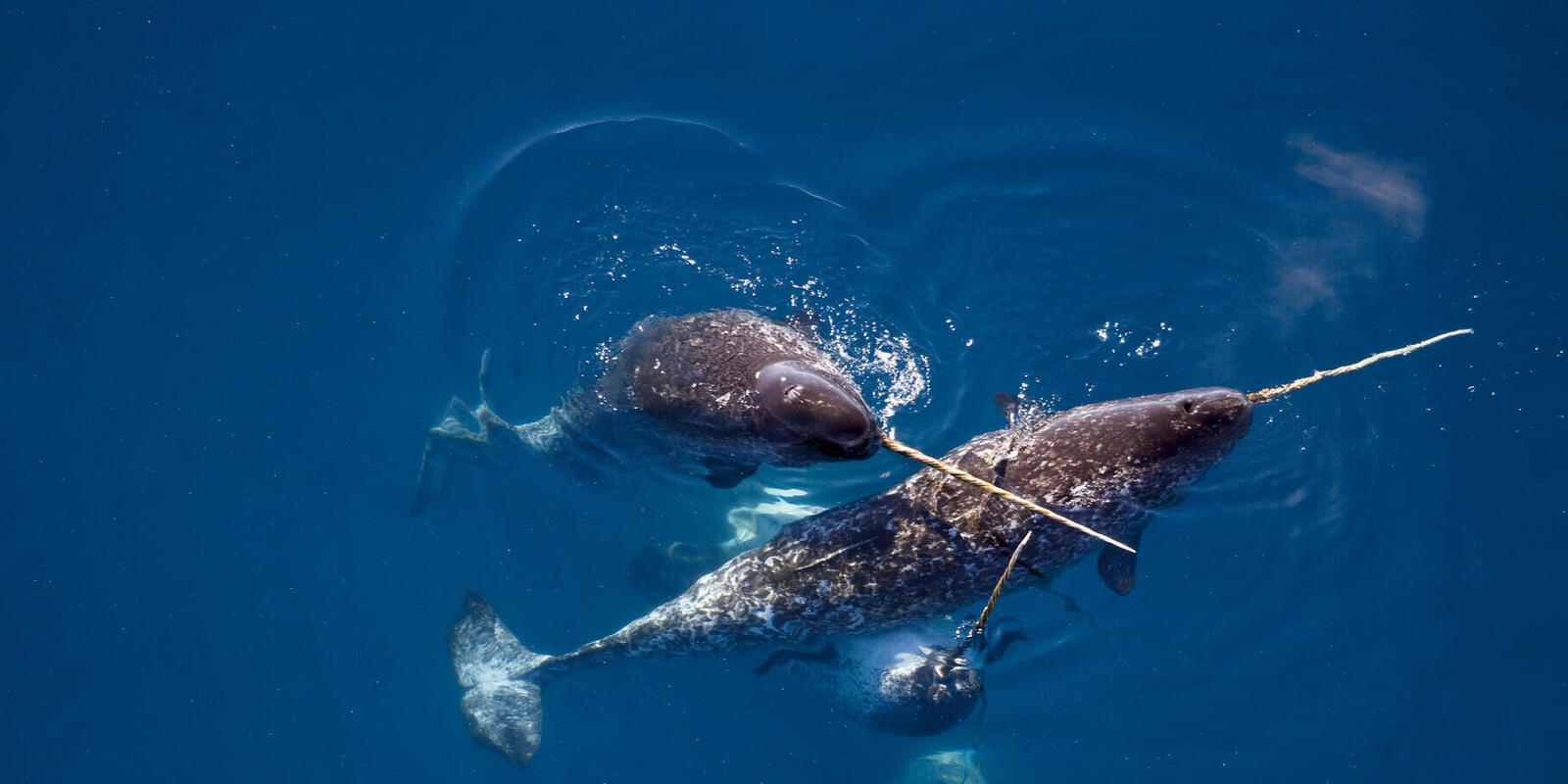
-
Distinctive Tusk:
- Narwhals are best known for their long tusks, which are actually elongated teeth. The tusks can reach lengths of up to 10 feet (3 meters) or more. They are spiral-shaped and can have a helical structure.
-
Toothed Whales:
- Narwhals are toothed whales and are related to belugas, orcas, and bottlenose dolphins. Despite their impressive tusks, narwhals have fewer teeth than most other toothed whale species.
-
Unicorn of the Sea:
- Due to their unique appearance and the long, spiral tusks, narwhals are often referred to as the "unicorns of the sea." In medieval times, the tusks were sometimes sold as unicorn horns, contributing to mythical beliefs.
-
Arctic Dwellers:
- Narwhals are Arctic whales and are found in the cold waters of the Arctic Ocean. They are known to inhabit areas with sea ice and are often associated with the pack ice.
- Related: 10 animals with the most interesting lips
-
Migratory Behavior:
- Narwhals are known for their long-distance migrations. They move between their summer feeding grounds and winter breeding and calving areas, traveling hundreds or even thousands of kilometers.
-
Diet:
- The primary diet of narwhals consists of fish, squid, and shrimp. They use their tusks to stun fish before consuming them. Narwhals are deep divers, capable of reaching depths of over 4,000 feet (1,200 meters).
-
Social Structure:
- Narwhals often travel in groups called pods. These pods can vary in size, ranging from a few individuals to several dozen. Pods may include both males and females, but males are known to form more distinct groups.
-
Tusk Purpose:
- While the exact purpose of the narwhal's tusk is not fully understood, it is believed to have multiple functions. It may be used for breaking ice, hunting, and as a sensory organ for detecting changes in the environment, including water temperature and salinity.
-
Communication:
- Narwhals are known for their vocalizations, including clicks, whistles, and pulsed sounds. These vocalizations are thought to be important for communication within the pod.
-
Conservation Concerns:
- Narwhals face threats such as climate change, loss of sea ice, and potential disturbances from human activities in the Arctic. Conservation efforts are underway to better understand and protect these unique marine mammals.
Narwhals continue to capture the imagination of people around the world due to their extraordinary tusks and their elusive nature in the Arctic seas. Despite ongoing research, there is still much to learn about the biology and behavior of these intriguing marine creatures.
